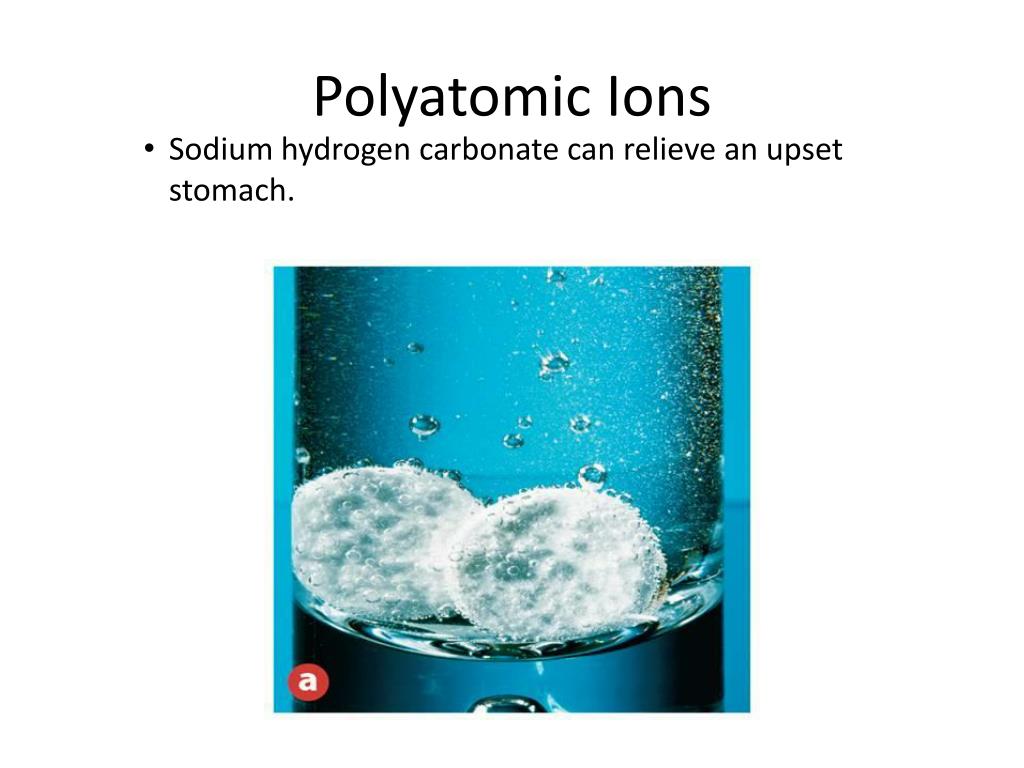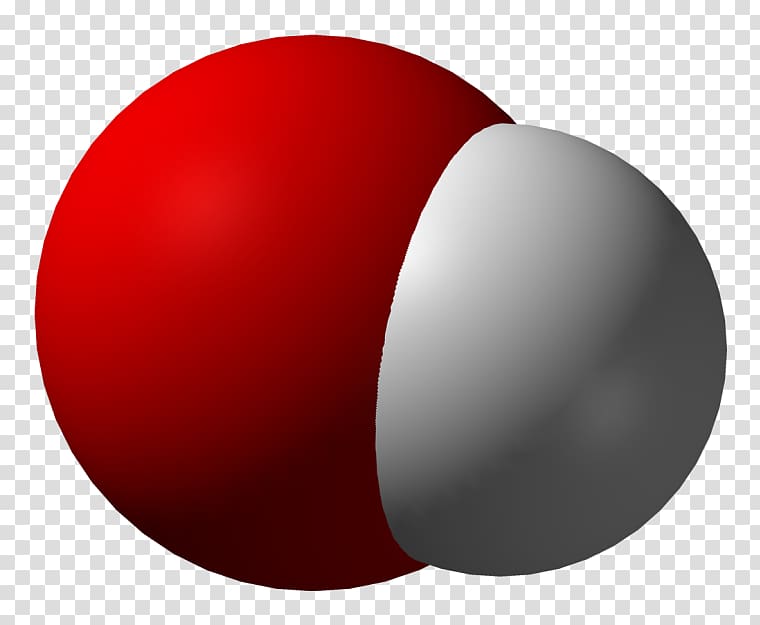


Note that the -ite polyatomic ion has one less oxygen atom in its formula than the -ate ion but with the same ionic charge. Some of them, such as nitrate and nitrite, and sulfate and sulfite, have very similar formulas and names, so care must be taken to get the formulas and names correct. Most of them also contain oxygen atoms, so sometimes they are referred to as oxyanions. Only one of them, the ammonium ion, is a cation the rest are anions. Table \(\PageIndex\) lists the formulas, charges, and names of some common polyatomic ions. Key Takeaways – There also exists a group of ions that contain more than one atom. 15% sodium, with the average person having one-twentieth to one-tenth of a kilogram in their body at any given time, mostly in fluids outside cells and in other bodily fluids. In fact, the human body is approximately 0. The element sodium, at least in its ionic form as Na+, is a necessary nutrient for humans to live. 5.3 Naming Compounds that contain Polyatomic Ions With this thought, it’s appropriate the simplest situation be examined first. However, it should be appreciated that even quite simple can be quite difficult once the basics aren’t understood. This shorthand is systematic and, for many materials, it’s easy. Chemists use a kind of shorthand to represent the weather, ions, and compounds that people investigate. Important the correct understanding and use of the guidelines of nomenclature may be the knowledge of this is and value of the meaning utilized. Other monatomic cations can have more than one possible charge and the charge must be designated by a Roman Numeral in parentheses suffixed to the name of the element. These ions are limited to the Group IA (alkali metals, +1), Group IIA (alkaline metals, +2), zinc (Zn2+), aluminum (Al3+), and silver (Ag+). To see all my Chemistry videos, check out Video advice: Writing Formulas with Polyatomic Ions Topics Covered In Other ArticlesNaming organic compoundsNaming covalent compounds Molecule vs compoundNaming alkanesCommon Polyatomic IonsVocabulary Compound: substance containing molecules that consist of atoms from two or more chemical elements (can be ionic or covalent)Ion: atom or group of atoms that possess an electric chargeCharge: found by subtracting (protons-electrons) changes during ionic bonding due to electron transfer Cation: positively charged ion formed when neutral atom loses electronsAnion: positively charged ion formed when neutral atom loses electrons Ionic bond: compounds formed by the transfer of electrons between cations and anionsCation participant is almost always a metal Anion participant is almost always a non-metal Binary Ionic Compound: has two constituents, each of which is comprised of atoms from a single element Monatomic: atoms of only one element Polyatomic Ionic Compound: each constituent contains atoms from more than one element Can stand alone as polyatomic cation and anionActs as a single, charged unitCan combine to form compounds IntroductionWhat are ionic compounds? We will derive names from the chemical formulas of binary and polyatomic ionic compounds.

We make naming ionic compounds very easy, and look at the properties of ionic compounds, in this ChemTalk chemistry tutorial.Ĭore ConceptsIn this tutorial, you will learn about nomenclature and naming ionic compounds. Naming ionic compounds containing polyatomic ions Flashcards.5.3 Naming Compounds that contain Polyatomic Ions.


 0 kommentar(er)
0 kommentar(er)
